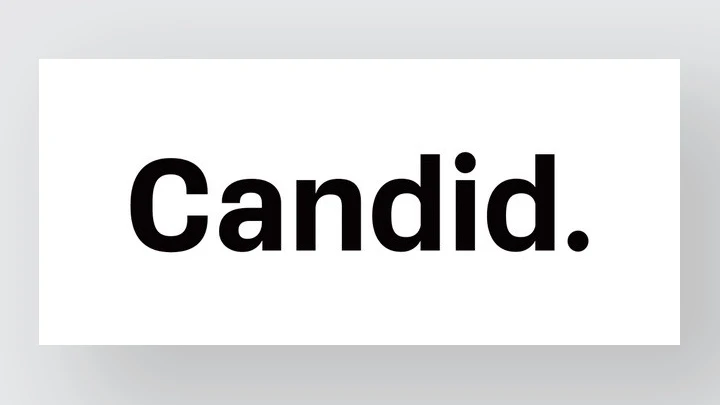Two of the biggest information-sharing forces in the nonprofit sector just combined to create a new organization. It’s called, appropriately, Candid, a merger between the Foundation Center and GuideStar. For funders and nonprofits trying to better understand opportunity within the sector, the Foundation Center collects information on more than 13 million grants offered by 155,000 grant makers. For nonprofits and would-be donors trying to understand the efforts of other cause groups, GuideStar has built an open database with profiles on 2.7 million active organizations.
“The name Candid goes back to the roots of both organizations . . . and also speaks to our approach to [sharing] information,” says Bradford Smith, who will become the president of Candid after previously serving as the president at Foundation Center. All told, the groups have about 17 million users in total, although they’ve yet to sort how many overlap. Bill and Melinda Gates, Charles Stewart Mott, and the William and Flora Hewlett Foundation, among others, put up $27 million to back the merger.

The Foundation Center has a physical network of 400 libraries, community centers, and community-based organizations that provide on-site access to its tools, and proper training about how best a local nonprofit might use them. It has built an in-house data science team that creates inventive ways to sort, classify, and catalog things like what funding is available for various missions, what groups are working in similar areas, and how all of that advances the United Nations Sustainable Development Goals or where and how governments are deploying foreign aid.
At the same time, GuideStar encourages nonprofits to voluntarily disclose more about themselves for various levels of “seals of transparency.” (More transparency has been shown to correlate with people’s willingness to donate.) In recent years, it’s also created a data distribution deal that allows other websites or platforms to use GuideStar data inside their own charitable programs. Big players like Amazon, Facebook, Google, and Fidelity Charitable all participate.
Initially, Foundation Center hubs will be able to encourage nonprofits that visit to share more about themselves through GuideStar’s profile building system. The center’s data science team will be able to glean new insights from what’s being shared, while GuideStar’s distribution expertise helps everyone find paths to deeper transparency. (The group is still developing what its exact offering will look like but expects a more inclusive search, results-driven impact analyses, and additional learning, fund-raising, and analytical tools.)
“Foundation Center has by far the best data set of grants and information about foundations. GuideStar has the best data set about nonprofit organizations, but it’s much deeper than that,” says Harold. “It’s really about bringing together perspectives and ways of thinking about how to make the world better. There are aspects of the trillion-dollar social change economy that have been institutionally fragmented by being under two separate entities, and we’re trying to bring [that] together, so you’re going to have a 360-degree view of how people try to make the world better.”
The idea behind Candid isn’t new. Both operations first explored it back in 2012, when they commissioned an independent study by a consultant about the effects of merging. At the time, it didn’t make sense, although the group recognized some obvious ways to collaborate, like brokering a joint deal to convert IRS-supplied sector data into a more workable format.
They’ve since shared ideas about network and data security, and worked together alongside a few other partners on an effort called BRIDGE, which created a unique digital identifier for all nonprofits in the world. “Sort of like a VIN number for nonprofits to facilitate the exchange of information across databases and disambiguate their identities,” says Smith.
In 2017, the Smith and Harold took a look at how differently their groups had evolved, and the fact that internet users value one-stop shops for content, and decided to commission another audit. This one showed that a merger now made sense. “It was clear to us that we’ve got to have more reach if we want to matter in the platform economy, and I think together we can do that,” Smith adds. But all of the projects along that way gave everyone extra confidence: “One of the big things I’ve learned through this is the way you really learn if you can join forces with another organization is by working together on concrete projects, not by sort of philosophizing about it.”
Candid will operate with a budget of about $38 million with an estimated 60% to 65% from fee-based products and services like subscription databases, database licensing, and deeper-dive training fees. The remainder will be covered primarily by general support grants from foundations that have historically backed both groups, and project-specific grants efforts like Funding the Ocean, which shares the who, what, and where of various efforts to protect the ocean and its inhabitants.
They’re also candid about the challenges ahead. “We’ve got a lot to learn ahead of us, but I believe we have the right principles and the right assets to do this,” says Harold. “And now we’re going to find out.”
Recognize your brand’s excellence by applying to this year’s Brands That Matter Awards before the early-rate deadline, May 3.
